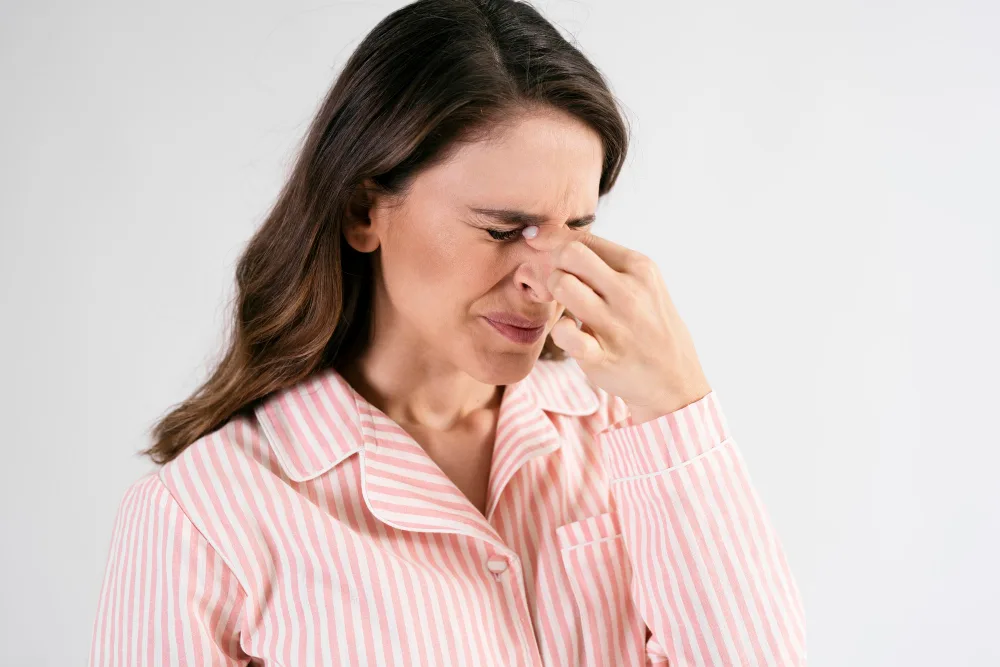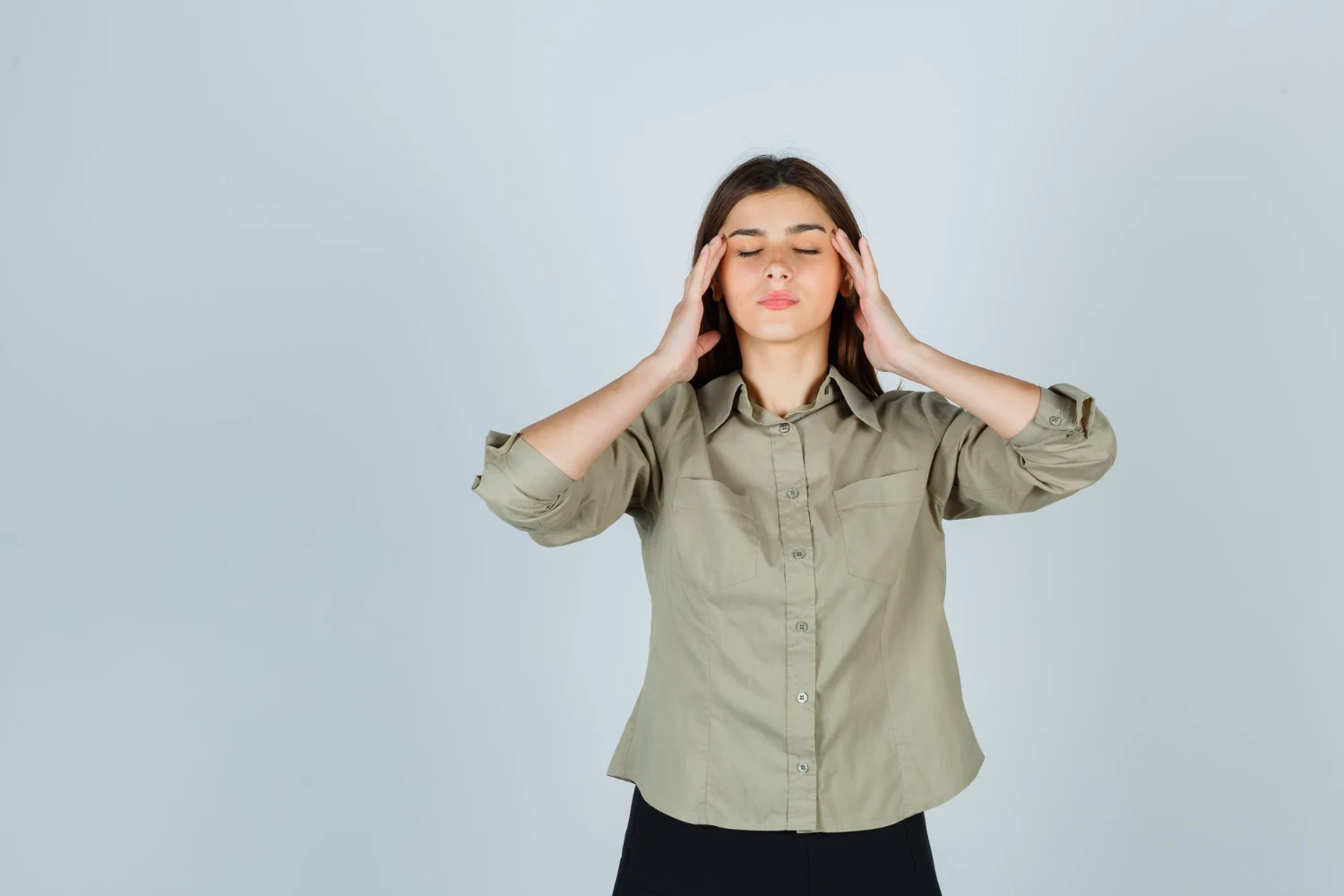What Are The Different Types Of Sinuses And Their Functions?
Category: General medicine
The human body is a marvel of intricate systems working in harmony, and one such system is the respiratory system. Among the many components of this system, the sinuses are small, air-filled cavities located within the bones of the skull. While their role may not always be well understood, they are vital in maintaining optimal health. Sinuses help in breathing, protecting the body from infection, and ensuring that the air we inhale is warm, moist, and clean. In this blog, we will explore the different types of sinuses, their locations, and their respective functions.
What Are Sinuses?
Sinuses are hollow spaces within the skull that are lined with mucous membranes. They are connected to the nasal cavity and are responsible for producing mucus, which helps trap dust, bacteria, and other particles from the air we breathe. There are four major pairs of sinuses in the human body, and each pair has distinct functions and locations.
1. Frontal Sinuses
The frontal sinuses are located in the forehead region, just above the eyes. These sinuses are the most noticeable to many people because of their location, often causing pressure or pain in the forehead when inflamed. The frontal sinuses are typically the last to fully develop, and they can vary in size from person to person.
Function: The primary function of the frontal sinuses is to help filter and humidify the air that enters the nasal cavity. They also provide resonance to the voice and lighten the weight of the skull. Their most important function, however, is to protect the body from harmful particles by producing mucus.
Common Issues: When these sinuses become inflamed or infected, it can lead to frontal sinusitis, a condition often characterized by a painful headache, congestion, and pressure around the eyes and forehead.
2. Maxillary Sinuses
The maxillary sinuses are the largest of all the sinuses, located in the cheekbones on either side of the nose. These sinuses are easily identifiable by their large size and their proximity to the nasal passages.
Function: Maxillary sinuses have a similar function to the other sinuses—they warm, filter, and moisten the air that enters the nose. These sinuses also provide a structural role by helping to reduce the weight of the skull. In addition, they allow for easier speech by acting as a resonating chamber.
Common Issues: Maxillary sinusitis is one of the most common types of sinus infections. This condition leads to symptoms such as facial pain, pressure in the cheeks, tooth pain, and difficulty breathing through the nose.
3. Ethmoid Sinuses
Located between the eyes and behind the bridge of the nose, the ethmoid sinuses consist of a group of small cavities. They are divided into two sets: the anterior and posterior ethmoid sinuses.
Function: The ethmoid sinuses play a crucial role in filtering and humidifying the air we breathe. They also help in lightening the weight of the skull. These sinuses contribute to voice resonance and also help in protecting the body from harmful pathogens.
Common Issues: Inflammation or infection of the ethmoid sinuses, known as ethmoid sinusitis, can lead to symptoms such as nasal congestion, headaches, pain between the eyes, and a decreased sense of smell.
4. Sphenoid Sinuses
The sphenoid sinuses are located deeper within the skull, behind the eyes and under the brain. These sinuses are often less well-known due to their location but are just as important for the overall functioning of the sinus system.
Function: The sphenoid sinuses help filter and warm the air that enters the nasal cavity. They also contribute to the resonating chambers that influence the quality of the voice. Due to their location, the sphenoid sinuses are involved in the structural integrity of the skull.
Common Issues: Sphenoid sinusitis is a less common but more serious condition that can result in deep headaches, pain behind the eyes, and even visual disturbances due to their proximity to the optic nerve.
What Are the Functions of Sinuses?
Sinuses have several functions, all of which contribute to maintaining optimal respiratory health:
- Moisturizing the Air: Sinuses produce mucus that helps to keep the nasal passages moist, preventing irritation.
- Filtering Air: The mucus produced by the sinuses helps to trap harmful bacteria, dust, and other particles, preventing them from entering the lungs.
- Lightening the Weight of the Skull: Sinuses make the skull lighter, making it easier for humans to hold their heads up.
- Providing Resonance for Speech: Sinuses help in voice resonance, which contributes to the uniqueness and tone of an individual’s voice.
- Regulating Air Temperature: By filtering and humidifying the air, sinuses ensure that the air entering the lungs is at an optimal temperature.
Sinus Issues and Disorders
When the sinuses become inflamed or infected, it can lead to a variety of conditions. The most common of these is sinusitis, which occurs when the sinuses become swollen or blocked, preventing mucus from draining properly. Sinusitis can cause symptoms such as headaches, facial pain, nasal congestion, and a reduced sense of smell.
Other sinus-related conditions include:
- Allergic Rhinitis: Inflammation of the nasal passages due to allergens like pollen, dust, or pet dander.
- Nasal Polyps: Soft, non-cancerous growths that can block the nasal passages and sinuses.
- Sinus Cancer: A rare but serious condition that can develop in the sinus cavities.
Prevention and Treatment
Maintaining sinus health is essential for overall well-being. Here are some ways to prevent sinus issues:
- Stay Hydrated: Drink plenty of water to keep mucus thin and easy to drain.
- Avoid Allergens: If you have allergies, take steps to avoid triggers such as pollen or pet dander.
- Use a Humidifier: A humidifier can keep the air in your home moist, which helps to prevent sinus irritation.
- Seek Medical Treatment: If you experience frequent sinus infections, seek the advice of an ENT specialist for treatment options, which may include medications, nasal sprays, or surgery in severe cases.
Why Choose Lokmanya Hospitals?
At Lokmanya Hospitals, we provide expert care for all your sinus-related issues, offering state-of-the-art treatments and advanced diagnostic tools. Our team of experienced ENT specialists ensures personalized care, addressing your needs with precision and compassion.
With a commitment to patient well-being, Lokmanya Hospitals combines cutting-edge technology with a patient-centered approach. Whether it's managing sinusitis or providing preventive care, we are dedicated to helping you achieve optimal sinus health and overall wellness.
Conclusion
The sinuses, though small, play a vital role in the respiratory system. Understanding their types and functions helps in recognizing when something goes wrong with them. If you experience persistent sinus issues, it is important to seek medical advice and treatment to maintain optimal sinus health.
FAQs
1. What are the four types of sinuses?
The four types of sinuses are the frontal, maxillary, ethmoid, and sphenoid sinuses.
2. What causes sinus infections?
Sinus infections are commonly caused by bacterial, viral, or fungal infections, as well as allergies or nasal polyps.
3. What are the symptoms of sinusitis?
Symptoms of sinusitis include headache, facial pain, nasal congestion, fever, and a reduced sense of smell.
4. How can I treat a sinus infection at home?
You can treat sinus infections at home with warm compresses, nasal saline rinses, hydration, and over-the-counter pain relievers.
5. Can allergies cause sinus issues?
Yes, allergies can lead to inflammation of the sinuses, which may result in sinusitis or other sinus problems.
6. What is the difference between acute and chronic sinusitis?
Acute sinusitis lasts for a short period (up to 4 weeks), while chronic sinusitis persists for 12 weeks or more despite treatment.
7. Is sinusitis contagious?
Sinusitis itself is not contagious, but the viruses or bacteria causing the infection can be spread through close contact.
8. Can sinus problems affect my vision?
Yes, inflammation in the sphenoid sinuses can affect vision, causing discomfort or even visual disturbances.
9. Are sinus infections serious?
Most sinus infections are not serious, but untreated chronic infections can lead to complications such as the spread of infection to other areas.
10. When should I see a doctor for sinus issues?
If you experience severe symptoms, such as a high fever, persistent pain, or difficulty breathing, it is important to seek medical attention.







